Gray Snapper
The Gray Snapper / Mangrove Snapper
The gray snapper, also known as Lutjanus griseus, is a fascinating species of fish found in the Western Atlantic Ocean and the Gulf of Mexico. It is highly regarded by both recreational and commercial fishermen for its tasty meat and challenging fight.
This magnificent fish features a distinctive appearance with a grayish-blue body and a prominent dark stripe running horizontally from the snout to the tail. This stripe is more visible in younger individuals, often fading as they mature. The gray snapper has a slender profile and can grow up to 30 inches in length and weigh up to 20 pounds.
Gray snappers are mainly bottom-dwelling creatures, inhabiting reefs, wrecks, and sandy areas. They are opportunistic feeders, preying on a variety of small fish, shrimp, crabs, and other crustaceans. Their keen sense of smell and sharp teeth make them skilled predators in their habitats.
One remarkable aspect of gray snappers is their ability to change color. They can rapidly alter their pigmentation to blend with their surroundings, providing effective camouflage from predators or prey. This unique adaptation showcases their incredible survival skills and makes them even more fascinating to observe.
As popular game fish, gray snappers offer an exciting challenge for anglers. They are known for their powerful strikes and strong resistance, often putting up a valiant fight before being reeled in. Their delicious white meat makes them a highly sought-after catch for culinary enthusiasts as well.
In conclusion, the marvelous gray snapper is a captivating fish species found in the Western Atlantic Ocean and Gulf of Mexico. Its distinct appearance, adaptive color-changing abilities, and thrilling fishing characteristics make it a prized catch for both sport and dining. So, if you’re ever on a fishing expedition in these waters, keep an eye out for the magnificent gray snapper!
Appearance
Also known as mangrove snapper, mango or black snapper.
- Dark brown or gray in color, with red-orange spots in bars along the sides
- Two large canine teeth near front of upper jaw
- Anchor-shaped vomerine tooth patch
- Dorsal fins with dark or reddish borders
- Young have dark stripe from snout, through eye, to upper edge of gill cover
Similar Species: Cubera snapper,L. cyanopterus (triangleshaped tooth patch and grow much larger than gray snapper); schoolmaster, L. apodus(yellow fins and faint white bars); and true black snapper, A. dentatus (rare in Florida; do not range north of the Florida Keys)
Size: Common to 24 inches (10 pounds)
Habitat
Coastal waters near structure such as reefs, mangroves and seagrass. Juveniles may enter freshwater.
Behavior
Spawn June through August. Feeds on crustaceans and small fish.
Additional Information
Gray snapper caught offshore are common, weighing 8 to 10 pounds.
Recreational Regulations
- Bag Limit: The bag limit for gray snapper in Florida is 5 fish per person per day.
- Minimum Size: Gray snappers must be at least 10 inches long in state water to be legally harvested.
- Closed Season: There is no closed season for gray snapper, meaning they can be caught year-round.
Commercial Regulations
The commercial regulations for gray snapper in Florida differ from recreational regulations. It is crucial for commercial fishermen to stay updated with the latest regulations set by the Florida Fish and Wildlife Conservation Commission (FWC) to ensure compliance. Some important aspects of the commercial regulations include:
- Minimum Size: The minimum size for commercially harvested gray snappers is 10 inches, the same as recreational regulations.
- Season: Commercial harvest of gray snappers is allowed year-round.
- Quota: There is a quota system in place to manage the commercial harvest of gray snappers. Fishermen must adhere to the specific quota allocated for each season.
- Licensing: Commercial fishermen must possess a valid Saltwater Products License (SPL) and adhere to additional licensing and reporting requirements.
It is crucial that all fishermen, whether recreational or commercial, abide by the regulations set forth by the FWC to ensure sustainable fishing practices. These regulations are implemented to protect the gray snapper population, allow for sufficient breeding and growth, and maintain healthy ecosystems.
Remember to always check the latest regulations before embarking on a fishing trip to stay up-to-date with any changes or modifications. By following these regulations, we can enjoy fishing for gray snappers while also contributing to their conservation.
Share this content:

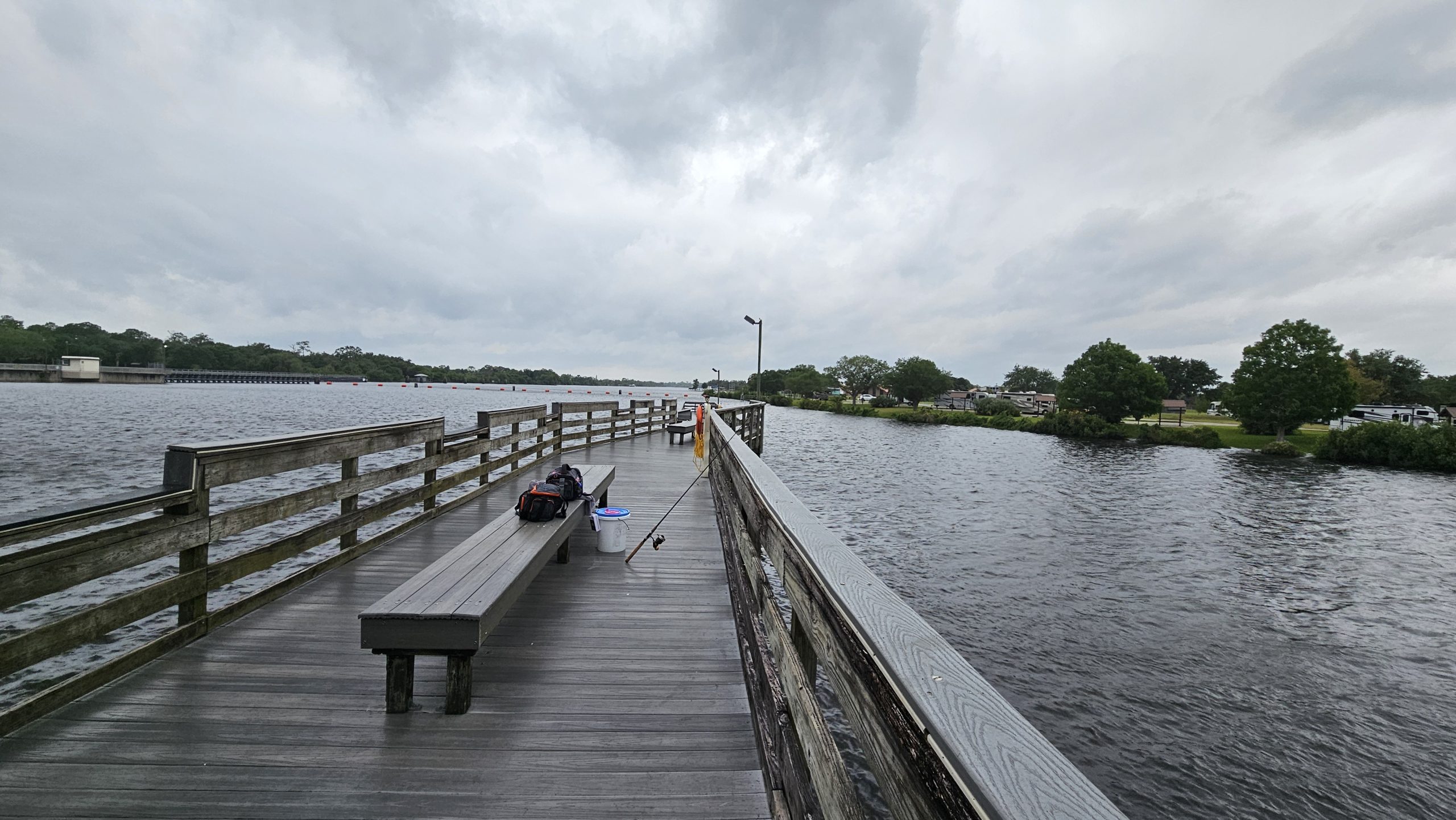
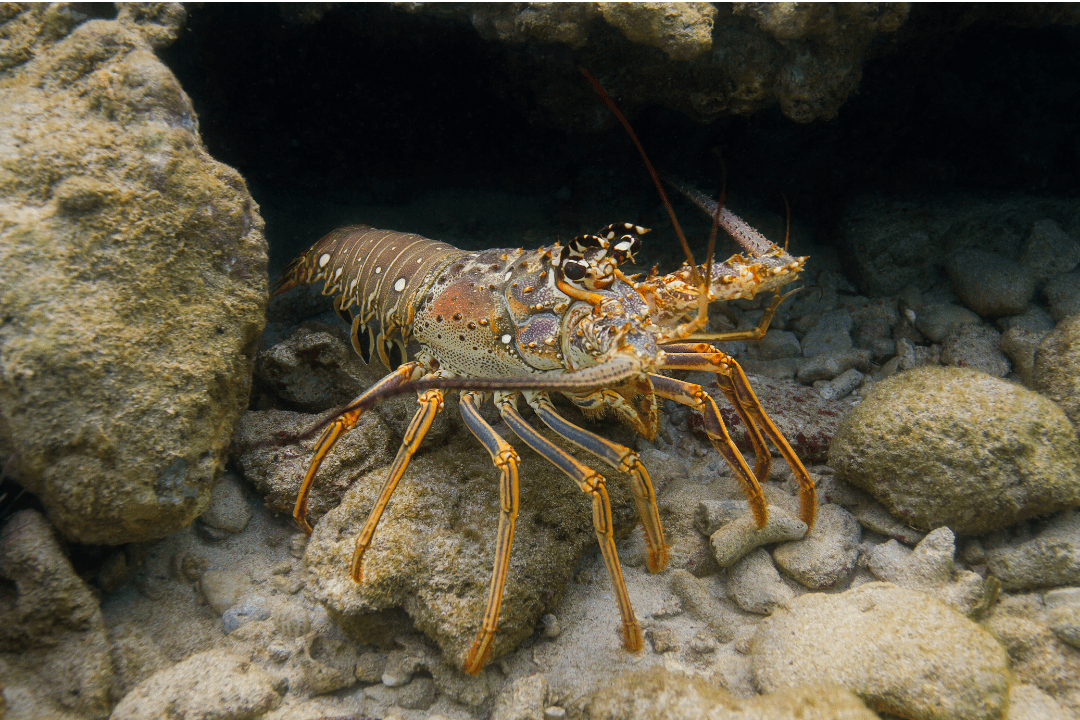

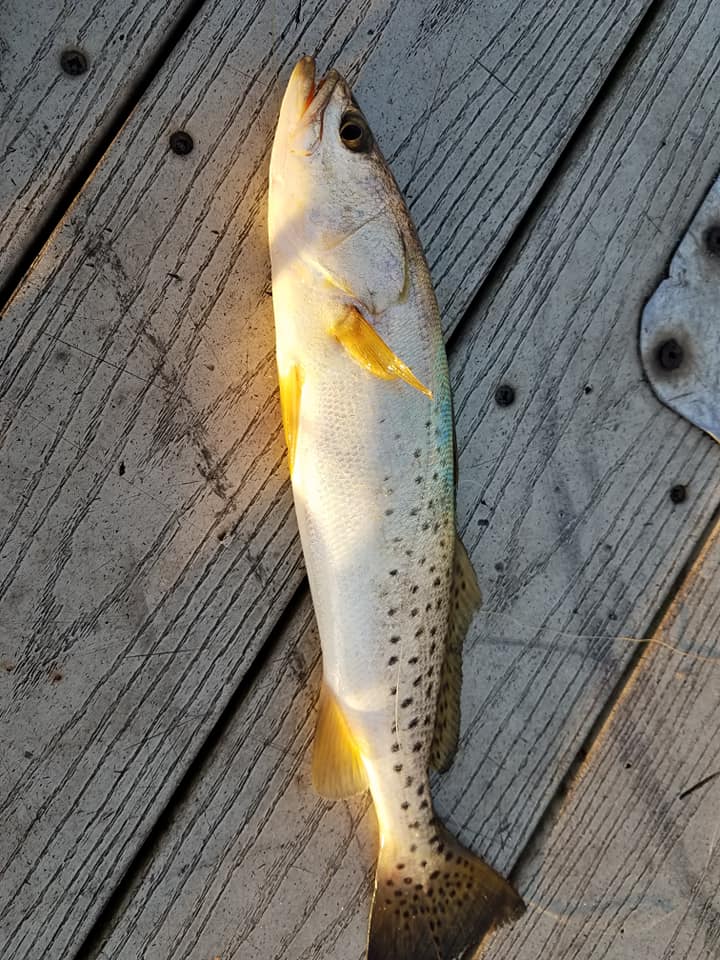
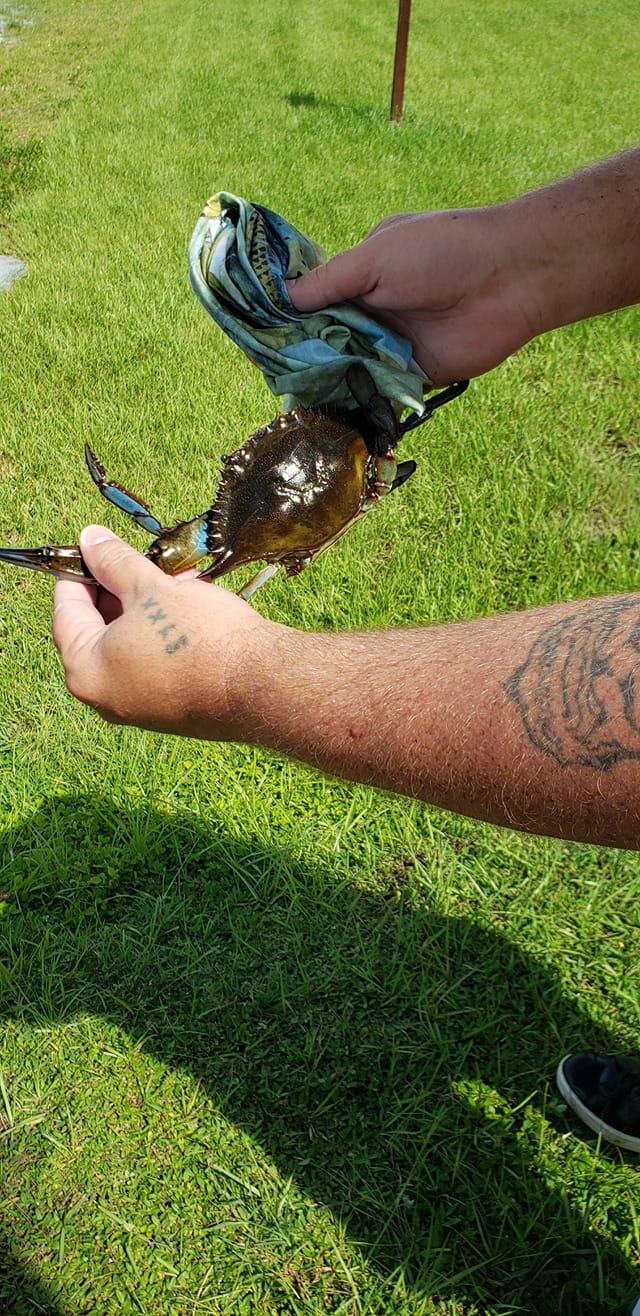
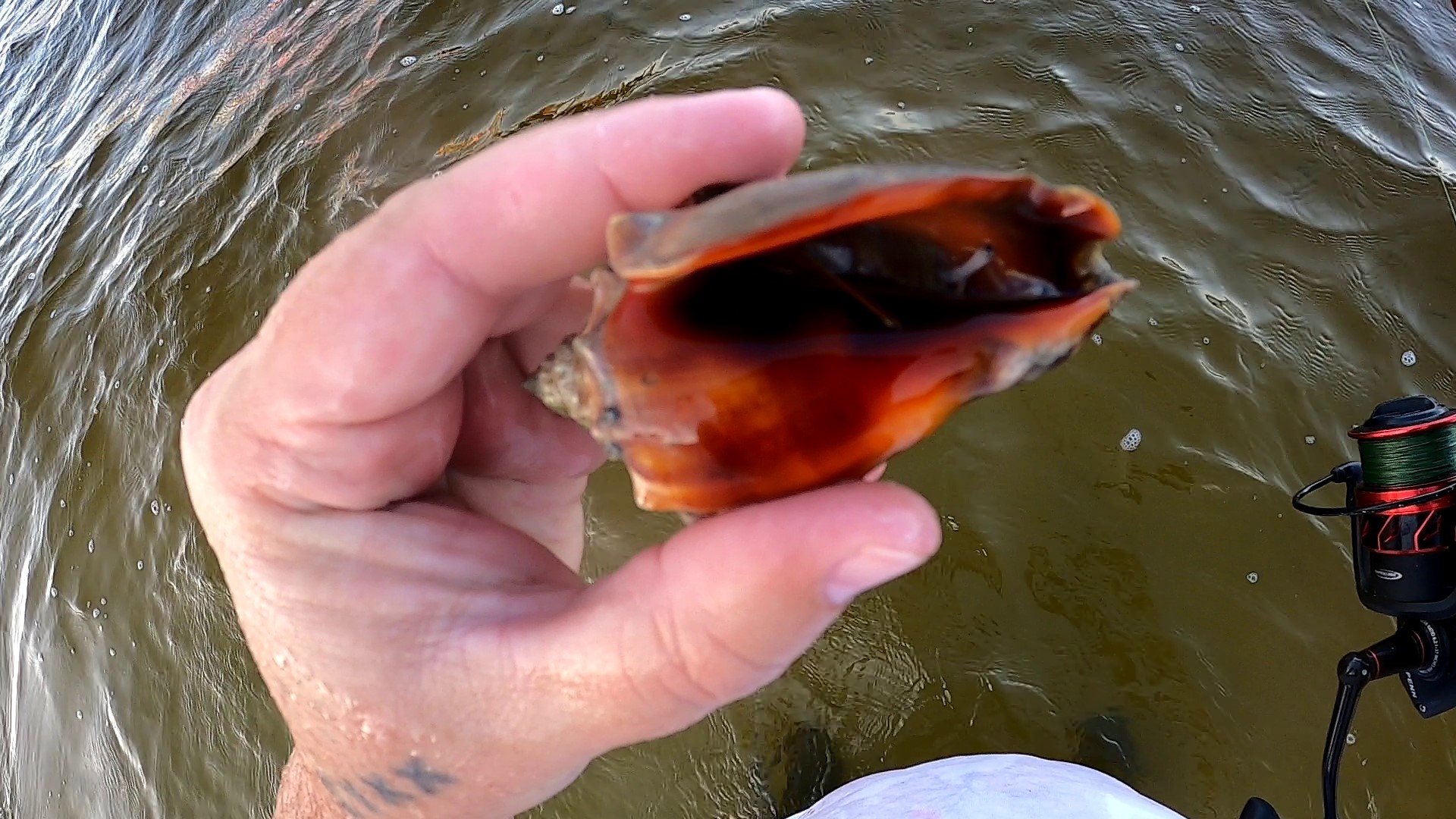
Post Comment
You must be logged in to post a comment.